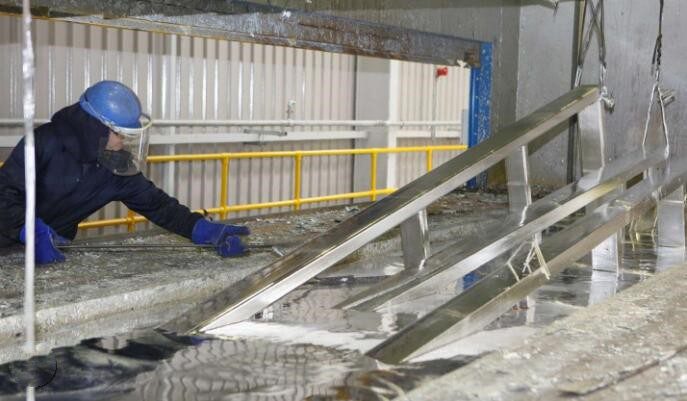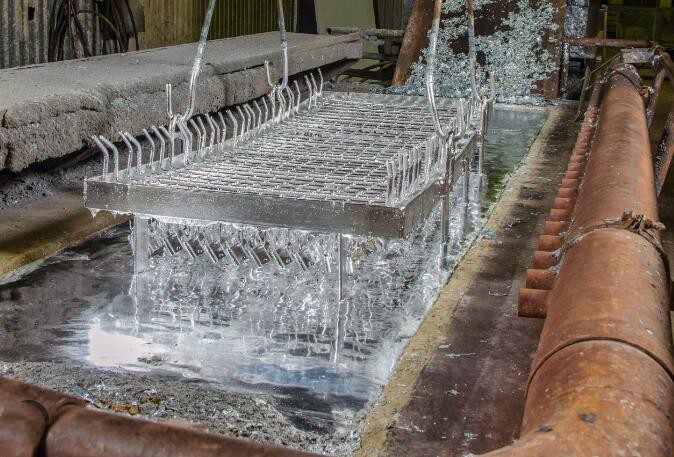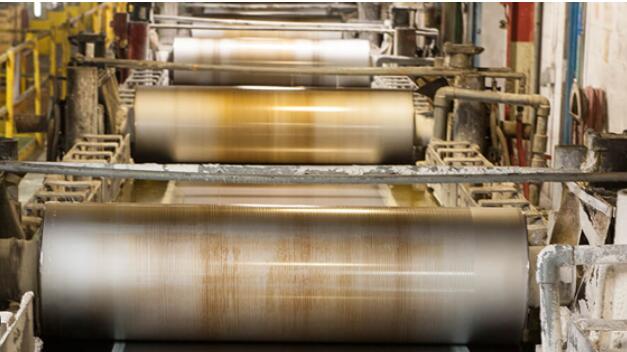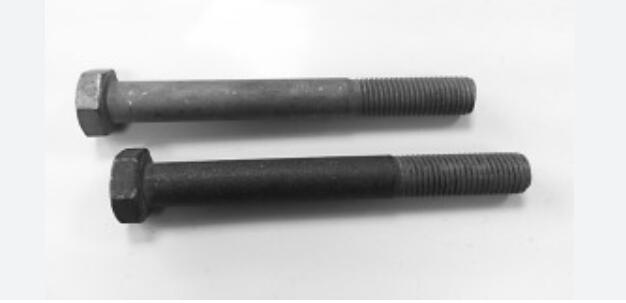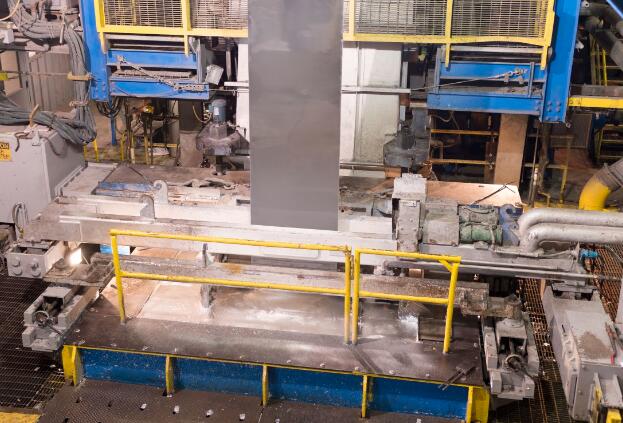Comparison between galvanized steel and stainless steel: which is better and why?
Galvanized Steel: The Cost-Effective Protector
Galvanized steel, as we have already covered, is regular steel coated with a layer of zinc. This zinc layer gives the underlying steel an enhanced resistance to corrosion and rust. While not entirely rust-proof, galvanized steel performs exceptionally well in environments that aren’t overly corrosive.
One major advantage of galvanized steel is its cost. It is generally less expensive than stainless steel, making it an attractive option for larger, cost-sensitive projects. Moreover, if the zinc coating is damaged, it continues to offer ‘sacrificial protection’ to the steel, i.e., the zinc around the damage corrodes in preference to the underlying steel.
Stainless Steel: The Durable, Long-lasting Choice
On the other hand, stainless steel is an alloy made from iron and chromium. It’s the presence of a minimum of 10.5% chromium that imparts stainless steel with its signature corrosion resistance. Unlike galvanized steel, where resistance is provided by a coating, the resistance in stainless steel is integral to the material itself.
Stainless steel is renowned for its durability and longevity. It can withstand a wide range of temperatures and is resistant to many chemicals and acidic conditions, making it ideal for applications in challenging environments. It’s commonly used in kitchenware, medical instruments, and architectural panels.
However, stainless steel is generally more expensive than galvanized steel and requires careful cleaning to maintain its corrosion-resistant properties.
Making the Right Choice
In the comparison between galvanized steel and stainless steel, it’s not a simple matter of declaring one as ‘better’ than the other. It depends on your specific application.
If you’re looking for cost-effectiveness and are working in a less corrosive environment, galvanized steel could be your preferred choice.
However, for a demanding environment or for applications requiring a high level of durability, you might opt for stainless steel.
At Worthy Hardware, we work with a wide range of materials, including stainless steel, galvanized steel, and others. We leverage our extensive CNC machining capabilities to provide customized solutions tailored to your project’s needs. Explore our services and get in touch with our team for professional guidance on making the best material choice.
Durability and Rust Resistance of Galvanized Steel
A common query regarding galvanized steel revolves around its rust resistance – “Does galvanized steel rust?” To answer this, we need to understand that the primary purpose of galvanization is to prevent rusting. The zinc coating on galvanized steel serves as a ‘sacrificial layer.’ This means that the zinc will corrode before the steel does, thereby protecting the steel and enhancing its lifespan.
Galvanized steel is indeed rust-resistant, and it can provide protection against corrosion for 50-100 years, depending on the environment it’s used in. However, this doesn’t mean it’s entirely rust-proof. Over time, if the zinc layer gets scratched, worn off, or exposed to certain chemicals, the steel beneath can start to corrode. That’s why it’s essential to handle and maintain galvanized steel properly, a process that our team at Worthy Hardware can guide you through.



